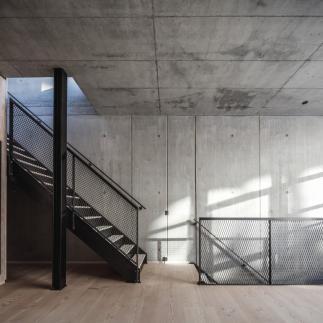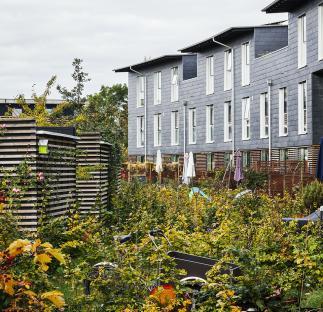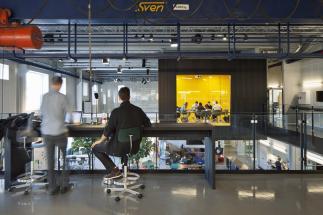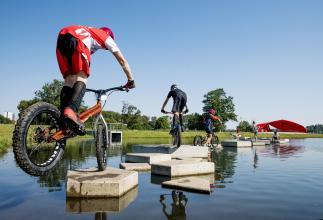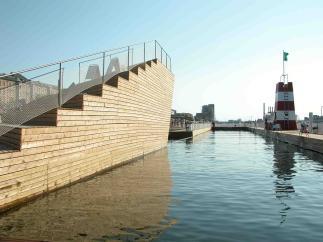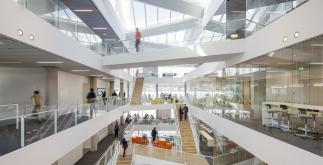High quality design can stimulate a number of derived effects such as improved health, productivity and learning or improved urban life. The calculated value of these effects can surpass the construction costs over a number of years.
Construction accounts for about 8% of the Gross Domestic Product and a considerable part of society’s assets and resource consumption. Due to this, strict financial diligence is a core element of construction and alterations. It is important to be aware that the derived effects of construction may have a significant long-term economic value. The wealth of society is - so to speak - tied up in bricks and mortar.
Construction costs can be managed by working with buildability and industrial processes in the design. But if operation, maintenance and future replacements are also considered in an economic perspective – known as Life Cycle Costing (LCC) – it often changes the picture of what solutions are most profitable in the long term. If future recycling is incorporated in the design of the building, it can form part of a circular economy. This means that the building components can form part of new cycles when they are recycled. This can help future-proof the economic value of the building.
View
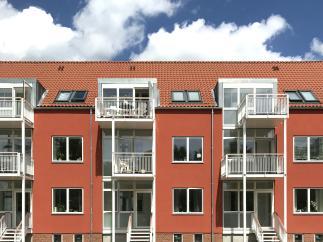
#Case
Toftebo Housing
Energy renovation shows the way: How to secure our existing housing stock in the future.

#Case
Gyldenrisparken
Total renovations increase security, reduce crime and strengthen the community of residents.
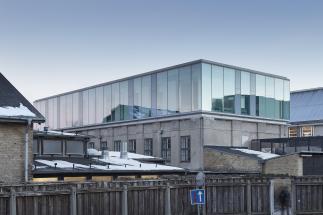
#Case
Damesalen - University of Copenhagen
Intelligent facade technology contributes to optimum space utilisation and daylight.
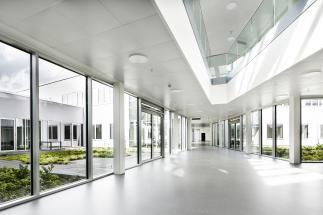
#Case
Aabenraa Psychiatric Hospital
New frameworks and attitudes reduce the use of coercion at Aabenraa Psychiatric Hospital.
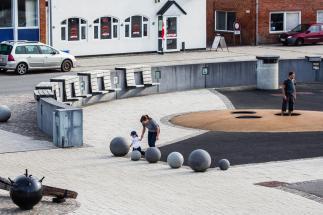
#Case
Le Mur
The furniture wall that has saved Lemvig Municipality from damage costs of many millions of dollars.
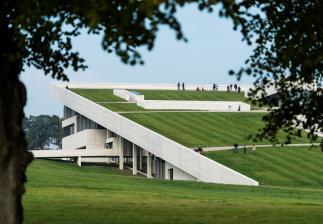
#Case
Moesgaard Museum
An international attraction with a sevenfold increase in visitor numbers during the first year.
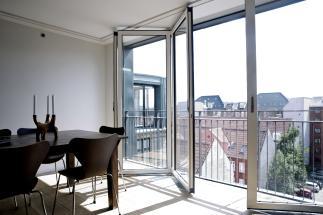
#Case
Ryesgade 30 A-C
Sustainable urban densification and energy efficiency of property at Ryesgade 30 A-C in Copenhagen.
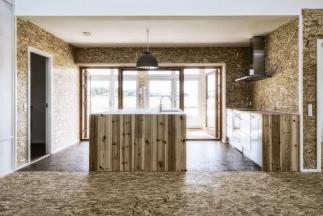
#Case
Upcycle House
New single-family house reduces climate impact by 86 %. The buzzword is UPCYCLING.
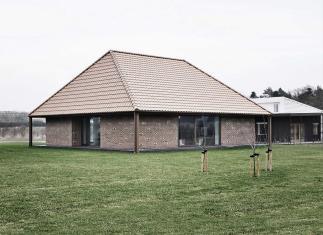
#Case
Brick House
'Brick House' has a minimum life of 150 years and a maintenance-free facade for a minimum of 50 years.
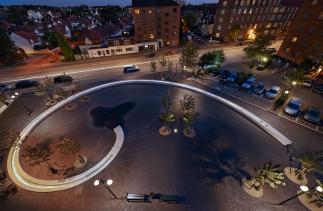
#Case
Lindevangsparken and The Loop
The project shows how an innovative approach allows us to keep the water above ground.
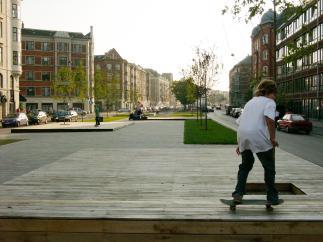
#Case
Soender Boulevard
The green belt at Vesterbro, where the park value is seven times greater than its construction cost.
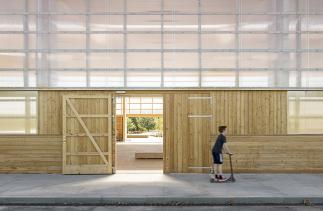
#Case
Gymnasium for street sports
The CO2 neutral building is an economical alternative to conventional sports halls.
